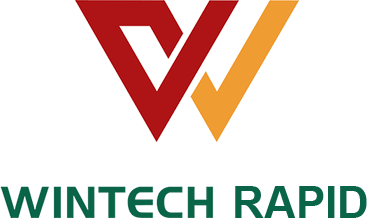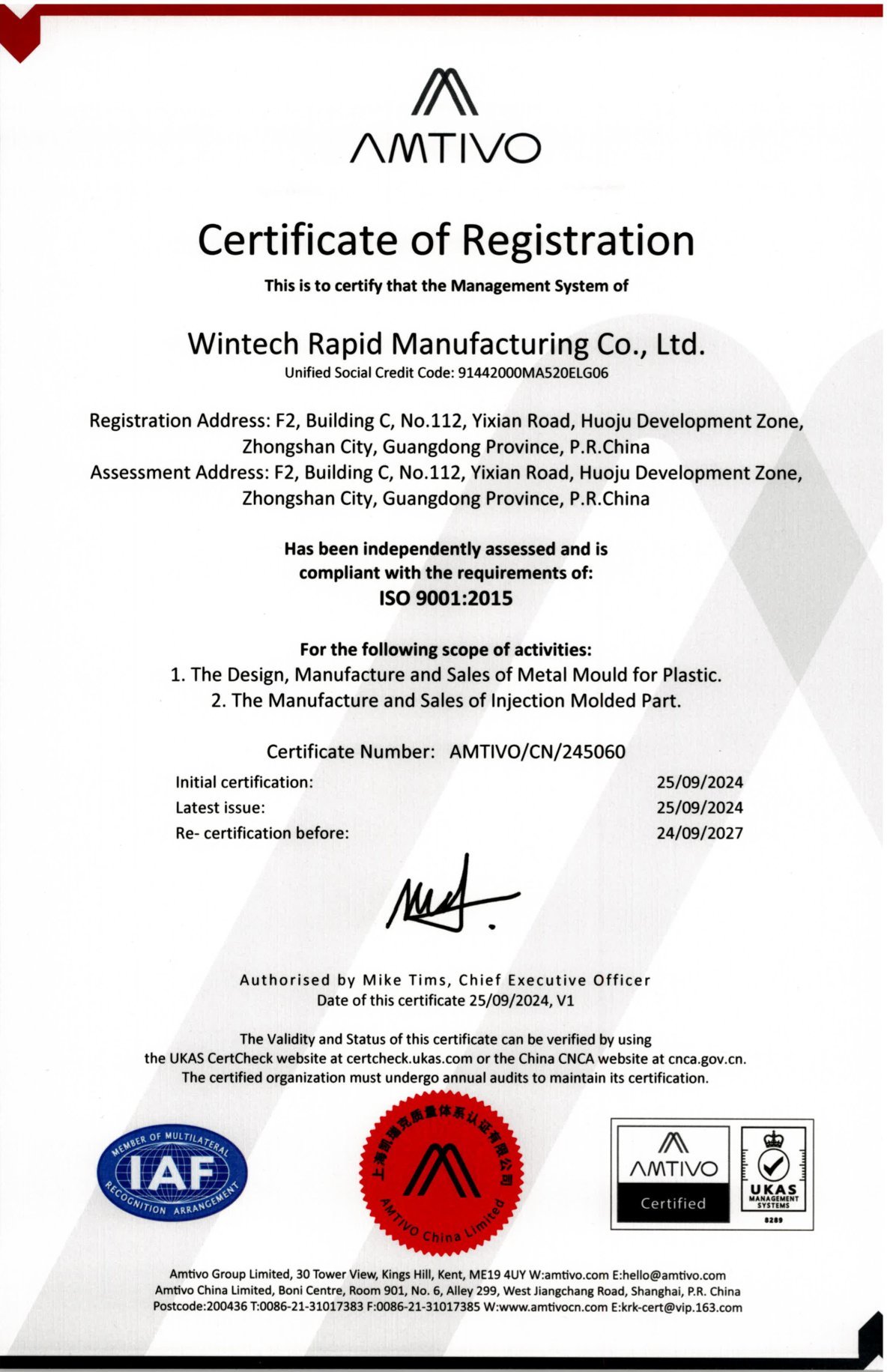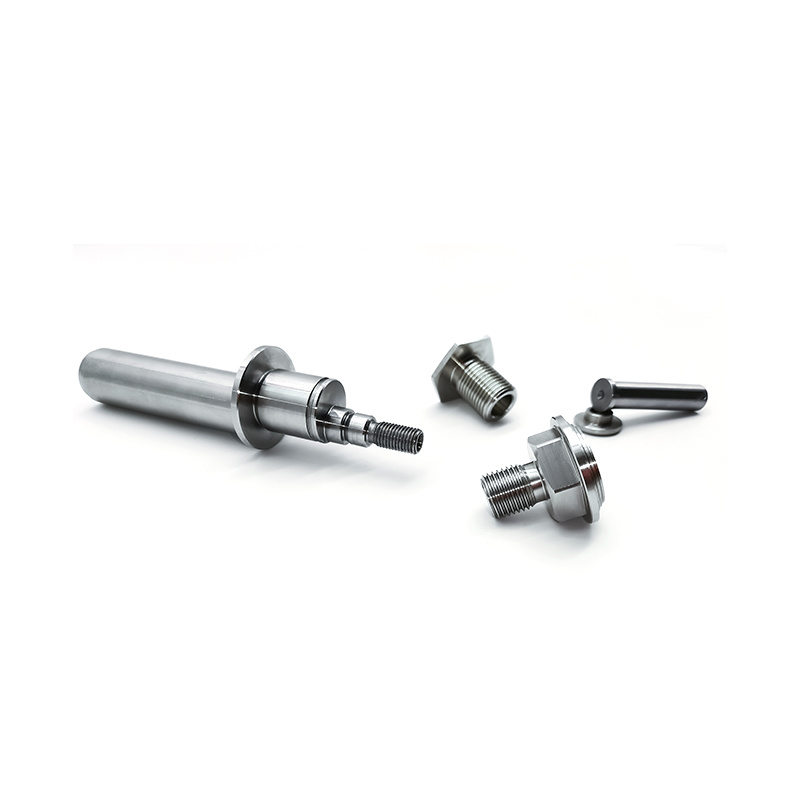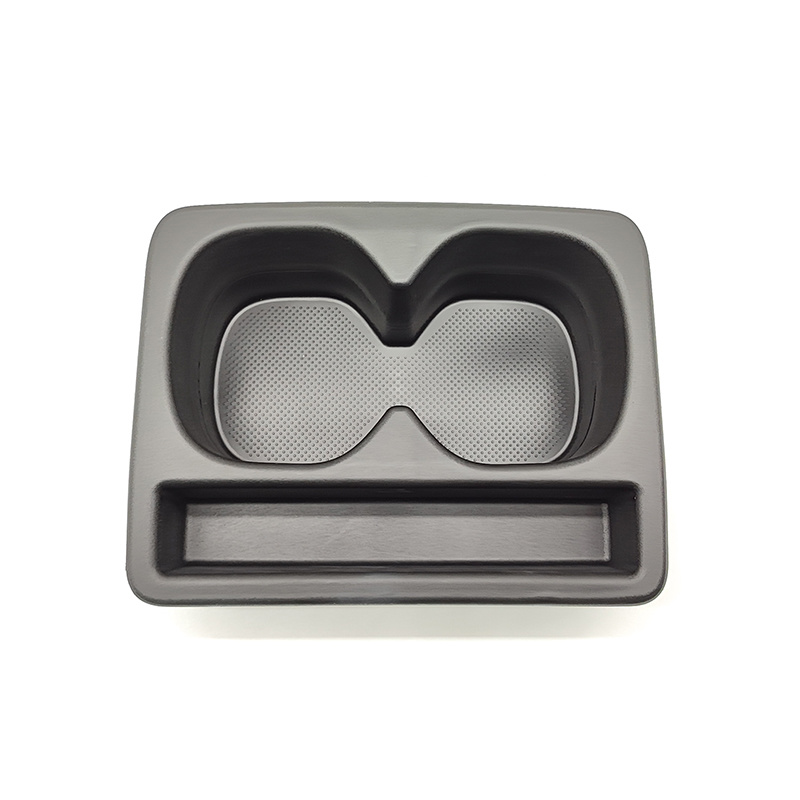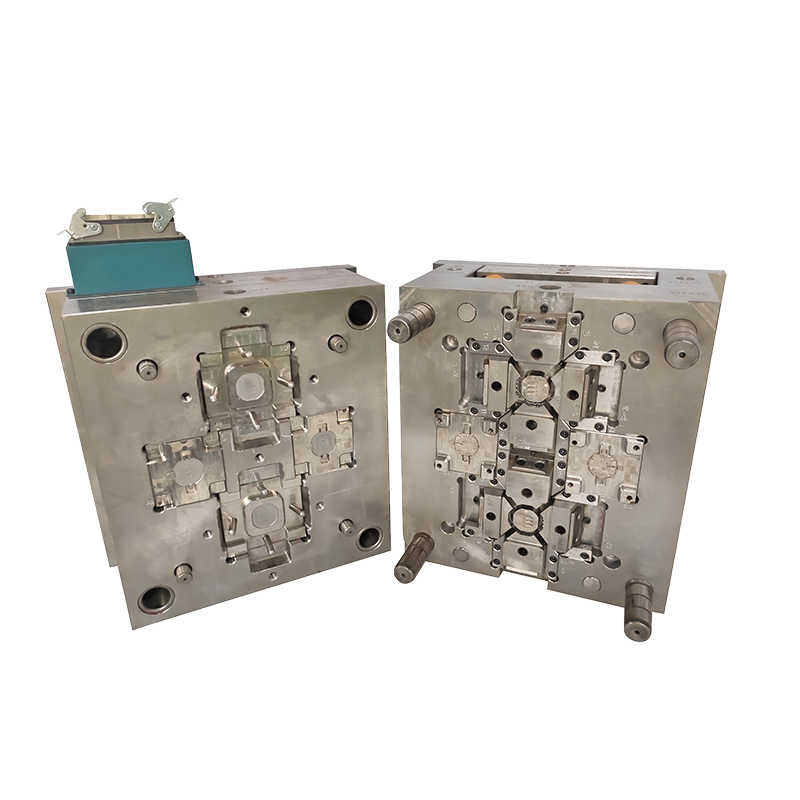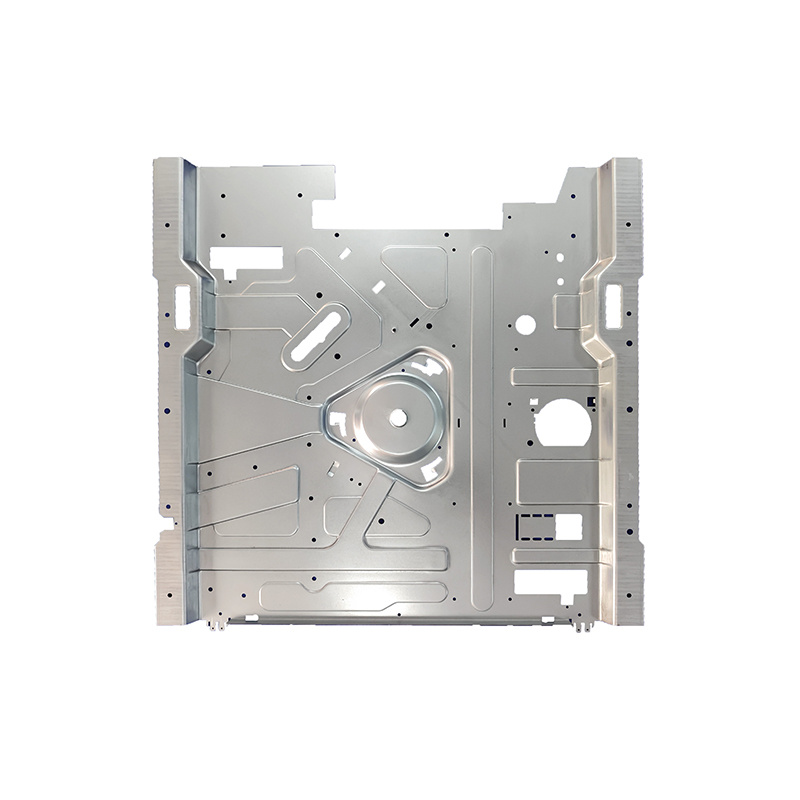The Transformational Role of Technology in Low Volume Plastic Injection Molding
Time:
2025-05-02 09:40
Source:
The Transformational Role of Technology in Low Volume Plastic Injection Molding
Low volume plastic injection molding has evolved significantly in recent years, driven by technological advancements that have revolutionized the industry. In this article, we will explore the various technologies shaping low volume production, their benefits, challenges, and future prospects.
Table of Contents
- 1. Introduction to Low Volume Plastic Injection Molding
- 2. Key Technological Advancements in Injection Molding
- 3. Improvements in Production Efficiency
- 4. Innovations in Design and Prototyping
- 5. Enhancing Cost-Effectiveness through Technology
- 6. The Role of Automation and Artificial Intelligence
- 7. Sustainability and Eco-Friendly Practices
- 8. Future Trends in Low Volume Plastic Injection Molding
- 9. Frequently Asked Questions
- 10. Conclusion
1. Introduction to Low Volume Plastic Injection Molding
Low volume plastic injection molding refers to the production of small quantities of plastic parts or components. Unlike traditional manufacturing, which often requires large production runs to be cost-effective, low volume molding allows companies to produce parts in smaller quantities without incurring prohibitive costs. This flexibility has made it particularly appealing to startups, prototyping projects, and niche manufacturers.
Understanding the benefits and challenges associated with low volume plastic injection molding is crucial for companies looking to leverage this process. The integration of advanced technology has played a vital role in enhancing the efficiency and effectiveness of low volume production.
2. Key Technological Advancements in Injection Molding
Technological innovations have significantly impacted low volume plastic injection molding. These advancements can be categorized into several key areas:
2.1 Additive Manufacturing
Additive manufacturing, commonly known as 3D printing, has emerged as a formidable ally for low volume injection molding. This technology enables rapid prototyping and the creation of complex geometries that were previously challenging to achieve through traditional methods. By using 3D printing, manufacturers can create molds more quickly and cost-effectively, allowing them to test designs and iterate rapidly.
2.2 Advanced Software Solutions
Computer-aided design (CAD) software and simulation tools have revolutionized the design process in injection molding. These tools allow engineers and designers to visualize and test their designs in a virtual environment, optimizing for factors such as material flow, cooling, and potential defects before producing the actual mold.
2.3 Smart Manufacturing Technologies
The rise of Industry 4.0 has introduced smart manufacturing technologies, which leverage the Internet of Things (IoT) and data analytics. These technologies enable real-time monitoring of production processes, allowing manufacturers to optimize performance, reduce downtime, and enhance quality control.
3. Improvements in Production Efficiency
One of the most significant impacts of technology on low volume plastic injection molding is the improvement in production efficiency. Advanced technologies streamline processes, reduce lead times, and enhance overall productivity.
3.1 Reduced Cycle Times
With the advent of advanced injection molding machines equipped with faster clamping mechanisms and improved heating elements, manufacturers can achieve shorter cycle times. This efficiency is crucial for low volume production, where every second counts in maintaining cost-effectiveness.
3.2 Automation of Processes
Automation is increasingly being integrated into the injection molding process. Robotic arms and automated systems can handle tasks such as part removal, assembly, and quality inspection. This not only speeds up production but also reduces the risk of human error, leading to higher quality outputs.
4. Innovations in Design and Prototyping
The design phase is critical in low volume plastic injection molding, and technology has opened new avenues for innovation.
4.1 Iterative Prototyping
With rapid prototyping capabilities, manufacturers can create several iterations of a design in a fraction of the time it would take with traditional methods. This allows for testing and refining designs to meet specifications more accurately, ultimately leading to better end products.
4.2 Complex Geometries
Advanced CAD software and 3D printing technology allow for the creation of complex geometries that were previously difficult to achieve. This flexibility enables designers to rethink product shapes and functionalities, leading to innovative solutions that can give manufacturers a competitive edge.
5. Enhancing Cost-Effectiveness through Technology
As low volume production often hinges on cost, technological advancements have greatly contributed to reducing expenses.
5.1 Lower Material Waste
Advancements in material science have led to the development of more efficient materials. Technologies such as precision injection molding allow for better material utilization, minimizing waste during production.
5.2 Reduced Setup Costs
With technologies like modular tooling and quick-change mold systems, manufacturers can significantly reduce setup costs. These innovations allow for quicker transitions between different products, making low volume runs more financially feasible.
6. The Role of Automation and Artificial Intelligence
Automation and artificial intelligence (AI) are increasingly becoming integral components of low volume plastic injection molding.
6.1 Predictive Maintenance
AI-driven predictive maintenance solutions help manufacturers anticipate equipment failures before they occur, thus minimizing downtime and optimizing production schedules. This proactive approach ensures that machinery operates at peak performance, reducing unexpected costs and delays.
6.2 Quality Control Enhancements
AI technologies are also being used for enhanced quality control. Machine learning algorithms can analyze data from the production process in real-time, identifying anomalies and ensuring that products meet quality standards. This level of monitoring is crucial in low volume runs where each part must meet stringent specifications.
7. Sustainability and Eco-Friendly Practices
The increasing focus on sustainability in manufacturing has prompted the implementation of eco-friendly practices in low volume plastic injection molding.
7.1 Biodegradable Materials
Advancements in materials science have led to the development of biodegradable plastics and sustainable alternatives. Manufacturers can now choose materials that minimize environmental impact without compromising on product quality.
7.2 Energy Efficiency
Modern injection molding machines are designed to consume less energy, contributing to lower operational costs and reduced carbon footprints. The integration of smart technologies allows for energy monitoring and optimization during production.
8. Future Trends in Low Volume Plastic Injection Molding
The future of low volume plastic injection molding is bright, with several emerging trends set to shape the industry.
8.1 Increased Customization
As consumer demands shift towards personalized products, manufacturers will increasingly leverage technology to offer customized solutions. Advances in digital printing and on-demand production will enable quick adaptations to meet specific customer needs.
8.2 Integration of Blockchain
Blockchain technology could enhance transparency and traceability in the supply chain, ensuring that materials are sourced responsibly and products are produced ethically. This integration will be crucial as sustainability becomes a more significant focus for consumers and manufacturers alike.
9. Frequently Asked Questions
9.1 What is low volume plastic injection molding?
Low volume plastic injection molding refers to the production of small quantities of plastic parts, typically ranging from a few hundred to several thousand units.
9.2 What are the benefits of using technology in low volume plastic injection molding?
Technology enhances efficiency, reduces costs, improves design capabilities, and minimizes waste, making low volume production more viable and competitive.
9.3 How does automation impact low volume plastic injection molding?
Automation speeds up production processes, reduces labor costs, and minimizes human errors, leading to higher quality products.
9.4 What materials are commonly used in low volume injection molding?
Common materials include thermoplastics, thermosetting plastics, and biodegradable options, depending on the requirements of the product and environmental considerations.
9.5 What is the future of low volume plastic injection molding?
The future will likely see increased customization, integration of sustainable practices, and the incorporation of advanced technologies like AI and blockchain to improve production processes.
10. Conclusion
In conclusion, technology has profoundly impacted low volume plastic injection molding, making it a more efficient, cost-effective, and innovative process. The integration of advanced manufacturing techniques, automation, and sustainable practices positions the industry for a promising future. As manufacturers continue to adapt to these changes, low volume plastic injection molding will remain a critical component of modern manufacturing, catering to the ever-evolving needs of consumers and industries alike.
low volume plastic injection molding
Related news
2024-11-15

